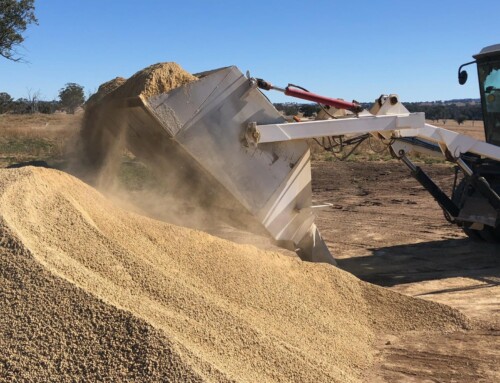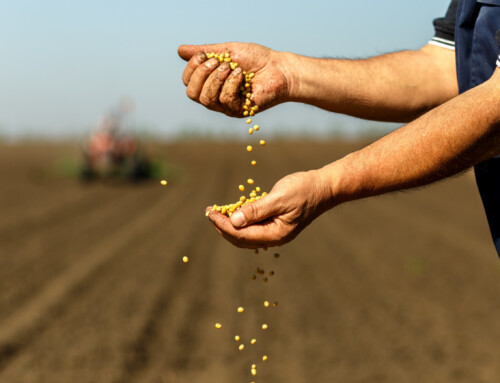Animal manure when applied to cropland, can supply nitrogen and other nutrients necessary for plant growth. Asutralia’s soils are generally naturally low in organic matter. The use of animal manure on cropland can increase the tilth, aeration, water-and nutrient-holding capacities, infiltration rate, organic matter content, and microbial activity of soil.
Manures from concentrated animal feeding operations such as the feedlots in the Darling Downs are usually high in salt content. Most dairy and feedlot manures contain 5 to 10% salt (50,000 to 100,000 ppm). Frequent and/or large (20 tons per acre) applications of manure to cropland increases the risk of salt injury to plants. Salt-sensitive plants such as lettuce, tree fruits and nuts are especially susceptible.
Gypsum improves soil structure by displacing sodium (and magnesium) on the surface of clay particles with calcium. Gypsum is sparingly soluble, but the sodium (and magnesium) sulphates that form in the soil solution are very soluble. Water additions (rain/irrigation) is required to leach these soluble salts out of the topsoil deeper into the soil profile, away from zone in which crop roots will be growing.










